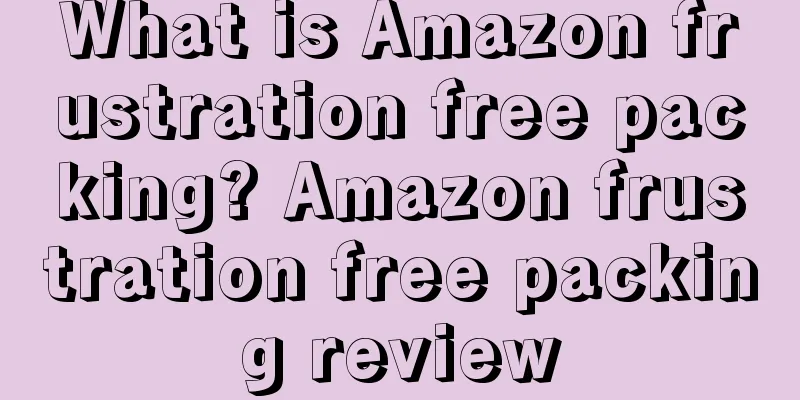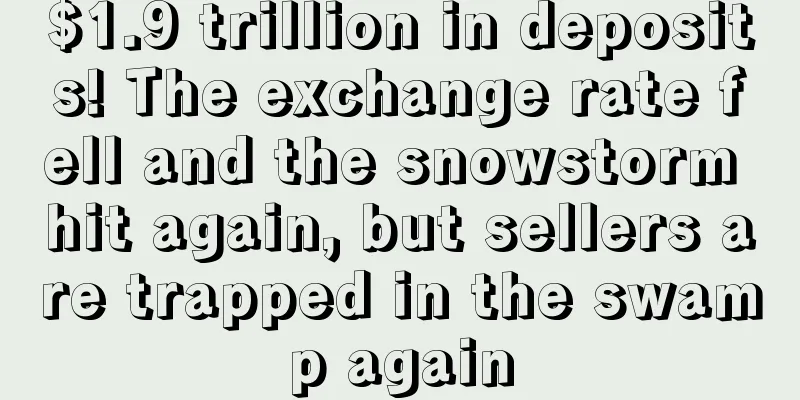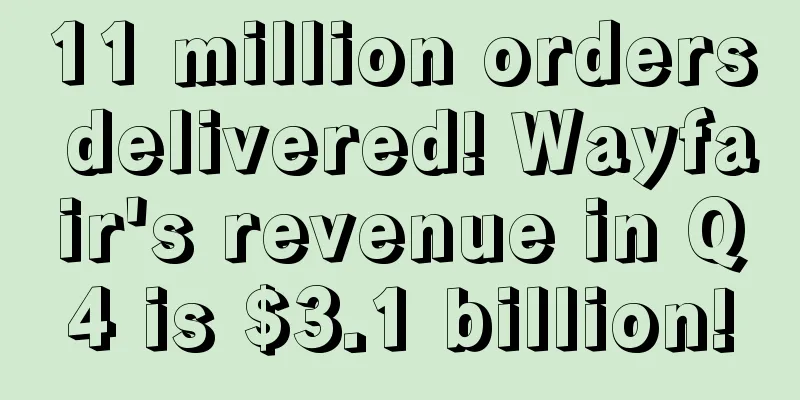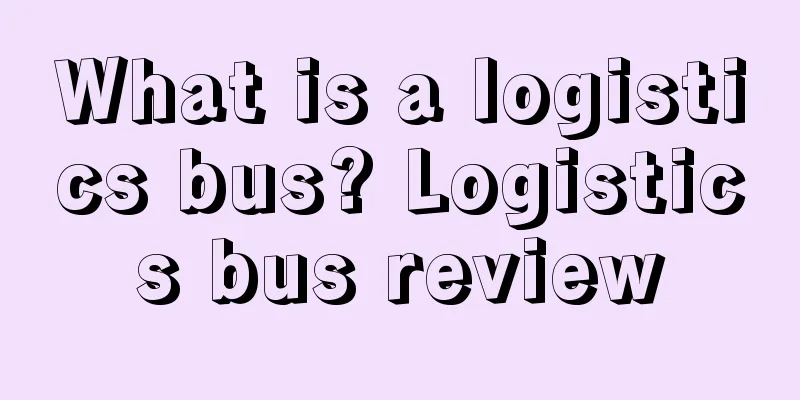Amazon completes major settlement! Will it launch a "second shopping cart" policy?
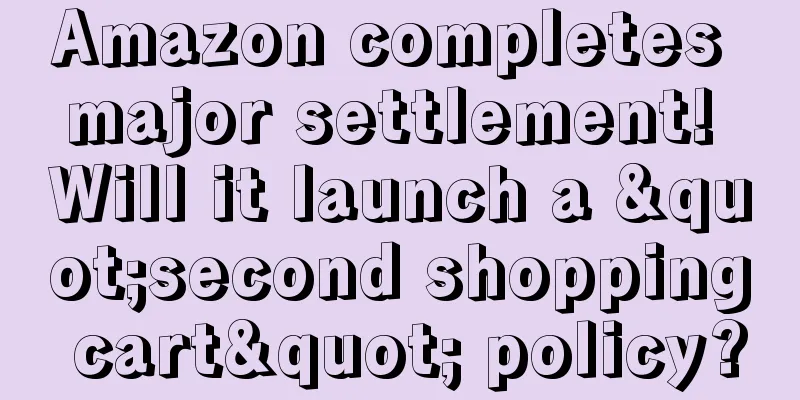
|
Last week, foreign media reported that Amazon has reached a settlement with the EU antitrust regulator, and the formal settlement agreement and content will be officially announced tomorrow, local time, on the 20th. However, an insider has anonymously disclosed part of the content of the settlement agreement. According to the whistleblower, Amazon's compromise will include giving third-party sellers equal display positions and prohibiting the use of third-party data to develop self-operated products. I reported the first part in early December, which is also the initial compromise between Amazon and the antitrust agency. This compromise project aims to give more third-party products equal display opportunities. For example, last time we mentioned FBA products and self-delivered products, Amazon has always been more inclined to give FBA products more promotion and display opportunities. Products that are not delivered by Amazon cannot grab the shopping cart, and the chance of being ordered is much less than that of FBA products. Tomorrow's settlement agreement includes giving more self-delivered products more opportunities to get into the shopping cart. And Amazon also promised the antitrust department that if the products in the same shopping cart differ too much in terms of delivery date and price, multiple shopping carts will be divided to give more products the opportunity to close the deal. This change is quite interesting. The battle for shopping carts among third-party sellers has evolved into many different ways of playing. Amazon's "second shopping cart" policy directly disrupts the existing shopping cart judgment logic. Will the most common operation of selling at a low price to grab the shopping cart be directly caught in the second shopping cart? Will the two shopping carts affect each other's sales? This will all depend on the new policy of the European site, and everyone will slowly explore Amazon. Not only that, EU regulators also require that third-party sellers be given more exposure opportunities on more important search pages, rather than favoring self-operated products. This part is relatively easy to understand, but the impact is not small. It is equivalent to directly adding more third-party seller products to the search results, which is to change the underlying logic of Amazon's A9 algorithm. Giving more exposure is a very good thing, but it is very troublesome to verify. How regulators can determine whether Amazon has increased the search exposure of third-party sellers is a place that needs to be determined. In addition, the settlement agreement also includes a ban on Amazon using third-party sellers’ sales data to develop new products for its own products and compete with sellers. Several of these policies are policies that suppress self-operated sellers and benefit third-party sellers. As for how to ensure the effect, I will analyze it for you after the specific settlement agreement is announced. |
<<: More than 6,000 trademarks have been exposed! How can Amazon sellers reduce their losses?
>>: Amazon's sales have been cut in half! Will sales continue to shrink next year?
Recommend
Amazon surges! Breaks historical record again
Let’s start today’s main text. ◆ ◆ ◆ ◆ Over the p...
How to reply to Amazon product questions? Sharing on how to reply to Amazon questions
How to respond to Amazon product issues? When buye...
Amazon is raising costs in disguise? A large number of sellers are complaining!
It is learned that since April 2023, the euro exch...
What is tariff collection? Tariff collection review
Tariffs refer to taxes levied by the government on...
Forced to pay 5 times the fine, the seller tearfully accuses Temu of nine sins
Under the Super Bowl effect, Temu's soaring mo...
What is UangTeman? UangTeman Review
UangTeman was founded in April 2015. The company m...
What is Dibz? Dibz Review
Dibz is an easy-to-use SEO tool. Website www.dibz....
Farewell to peak season! Foreign sellers have zero orders during Chinese New Year, Amazon clears out low-performing accounts!
▶ Video account attention cross-border navigation ...
Amazon sellers become cannon fodder? Europe is going to impose new taxes!
The Sino-US trade war has come to an end, and the ...
How to win on Amazon's global store in 2020, Europe, America and Japan!
2020 is here as promised. It is a new year again,...
Sad! Masks are in trouble again: multiple sellers sued, quickly remove them from shelves and withdraw cash
Preface / More than 100,000 masks are substandard...
What is QuickFish? QuickFish Review
QuickFish (QuickFish Supply Chain Co., Ltd.) is a ...
What is DHL Logistics? DHL Logistics Review
DHL is a subsidiary of Deutsche Post DHL, a world-...
Come and see, Amazon's flash sale policy has changed!!!
Recently, many seller friends have reported that t...
What is Linggong Cloud Commerce? Linggong Cloud Commerce Review
Linggong Cloud Business is a cross-border industri...
